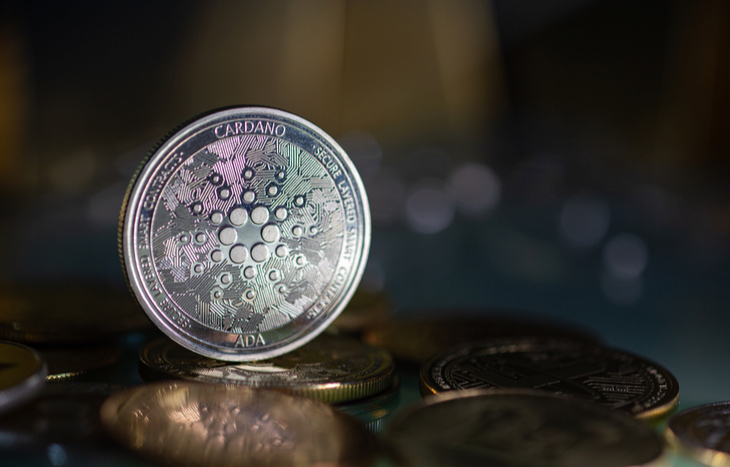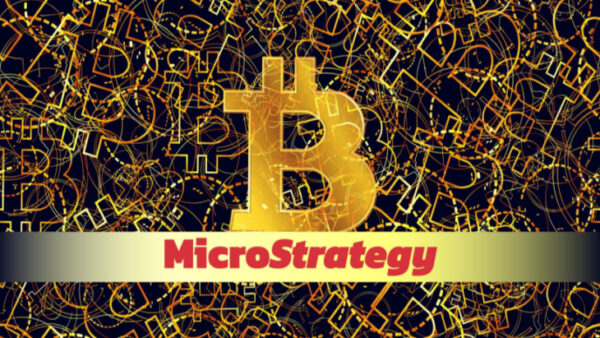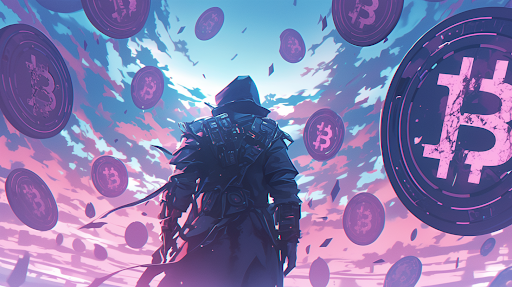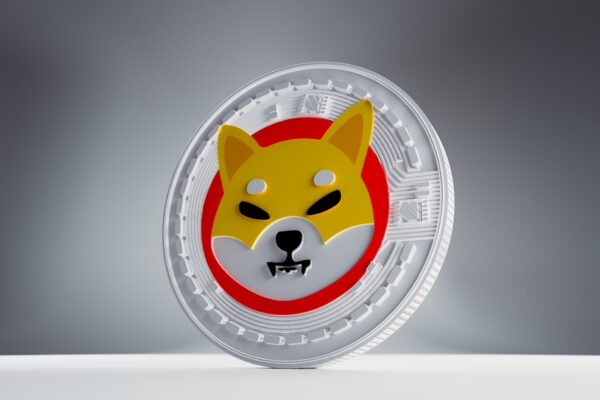Cardano Crypto Falls Below $1: Is it Time to Buy in?
Have you heard Cardano crypto being talked about on the news or in trading streams? That’s because the cryptocurrency is one of the most popular right now after exploding on the scene in 2021. Cardano is currently the 7th most popular crypto, according to CoinMarketCap.
However, the popular crypto leads the market to the downside losing close to 20% in the past week. Several factors are pushing Cardano crypto to a yearly low below $1.
Is now the time to buy? Let’s check out what Cardano is all about and what to expect next.

The Start of Something Big
Like Bitcoin (BTC) and Ethereum (ETH), Cardano is a blockchain platform. In fact, Cardano’s founder Charles Hoskinson is also co-creator of the Ethereum blockchain.
With this in mind, Charles is one of the most influential figures in the crypto ecosystem. After being introduced to Bitcoin in its early days, Charles compared it to the web browser when the internet first came out. He explains how Bitcoin is limited in its abilities: no smart contracts, no cold payments, etc.
Then, what Charles calls a “second generation” crypto, Ethereum, also has its limitations. For one, it can be very costly to scale. The more users that join the system, the more resources are needed.
For example, we are seeing it with the cost of NFTs. Many NFTs are traded on the Ethereum network. When NFTs gain popularity, the “gas fee,” or payments for using the network, also goes up significantly.
So, Charles set out to find a sustainable option that could securely handle large workloads. Though there is an issue, the system must remain decentralized with no one governing body.
On top of this, the system will still need maintenance and upgrades, so how will this be paid for? This is where Cardano comes in…
What Makes Cardano Crypto Unique
Charles calls Cardano a “third generation” crypto. It takes the best from the former generations and builds upon them.
The popular network launched in 2017 with ADA as its primary token. Featuring digital payments (like Bitcoin) and smart contracts (like Ethereum), Cardano takes it a step further. That said, Cardano offers users the ability to:
- Exchange: Users can send and receive crypto or transfer it to another currency.
- Execute Smart Contracts: Cardano gives users the ability to execute smart contracts. Or, in other words, a digital binding agreement written in code.
- Scale Sustainably: One of Cardano’s biggest advantages is the ability to scale without using massive amounts of resources.
- Staking: Cardano’s biggest claim to fame is its “Proof-of-Stake” method, encouraging users to verify transactions. More on this below.
On the outside, Cardano may look like any other cryptocurrency. But the difference is in the blockchain and the protocols that power it.
That said, Cardano uses a Proof-of-Stake (POS) protocol called “Ouroboros.” The protocol helps secure the network while allowing for incentives based on participation. This differs from Proof-of-Work (POW), which other major cryptos, including Bitcoin, use.
Proof-of-Stake vs. Proof-of-Work
Both POS and POW are the two primary ways of verifying transactions and adding new data (blocks) to the blockchain. Bitcoin and Ethereum, the two largest cryptos, both use POW. Yet POS is being used by a new generation to solve the issues with legacy crypto. Both are ways of verifying transactions amongst participants.
That said, they work in similar ways but have a few major differences you should be aware of.
- Proof-of-Work: POW uses a competitive method in which participants race to be the first to verify the data. To be the first, users need more computing power, leading to higher energy use.
- Proof-of-Stake: POS, on the other hand, allows users to “stake” their crypto, using it as security. As a result, the users with a stake will vote on the transaction, earning newly created crypto.
If you are new to crypto, this may seem like a lot to take in. But think of it this way. Say you buy something with Bitcoin, the transaction needs to be verified, or someone can spend it again, defeating the purpose.
So, participants in the Bitcoin network compete to verify these transactions. Once verified, the block (data) is added to the blockchain and the user verifying receives BTC in return.
Participants in the Cardano network will offer their coins in a “stake pool,” allowing them to earn a reward. Users need to stake a certain amount and are chosen randomly, reducing the need to increase computing power.
Cardano’s Road Map to Success
The cryptocurrency hopes to solve many of the challenges the crypto industry faces. Not only that but also solving global issues like access to financial and educational services.
Cardano breaks its roadmap into five Phases, each representing new functions:
- Foundation
- Decentralization
- Smart Contracts
- Scaling
- Governance
So far, Cardano is in the midst of perfecting its smart contracts while also working on scaling the project. The team is making Cardano usable for those from a non-technical background to expand its market.
What to Expect Next From Cardano Crypto
Since hitting an all-time high of over $3.00 in September, Cardano is having a rough few months. After losing over a third of its value, Cardano (ADA) is now less than $1.00.
At the same time, much of the selloff is thanks to a broader selloff in the crypto market. That said, Bitcoin is down 44% from its ATH, Ethereum is down 46%. In fact, the fallout isn’t just affecting cryptocurrencies. Most global financial markets are down in the past 3-6 months.
Yet Cardano is down 71% from its ATH, more than most peers. One of the reasons for this is that Cardano is not fully developed yet and is still a risk.
When markets are shaky, traders look for more stability. With this in mind, stablecoins are outperforming the market with more value offered.
Cardano is still developing and will continue seeing price swings as the network improves. But, in the long run, Cardano crypto has a chance to become a real competitor to Bitcoin and Ethereum.
In fact, a new report from Morgan Stanely suggests Ethereum could lose market share to cheaper and faster alternatives such as Cardano. At all-time lows, keep an eye on the up-and-coming crypto going forward. It could prove to be the most functional platform yet. Then again, it still has a lot to prove to earn that title.
As the world moves towards a sustainable future, look for Cardano to stay relevant.





